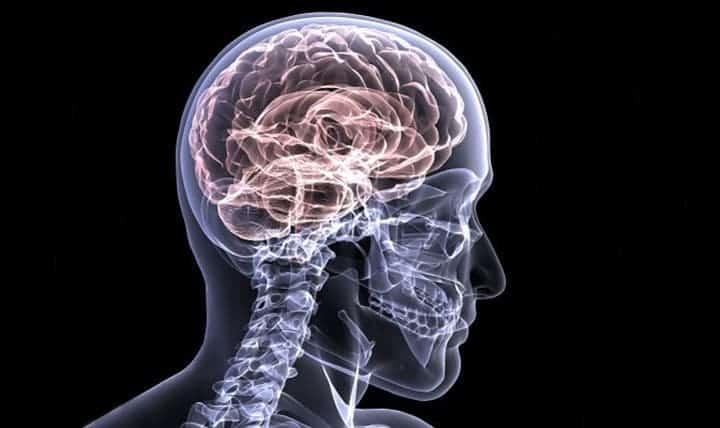Inspired by the low occurrence of the disease among those who consume seaweed, the world’s first drug for the treatment of Alzheimer’s in almost two decades just got the green light by the Chinese government, opening the door to a treatment to reverse the condition.

The drug was approved for the treatment of “mild to moderate Alzheimer disease and improving brain function,” according to China’s National Medical Products Administration. It will now take a few more years to actually start producing the drug.
The Chinese research team, led by Dr. Geng Meiyu at the Chinese Academy of Sciences’ Shanghai Institute of Materia Medica, started looking into possible connections and, in 1997, identified a unique sugar in seaweed which might play an important role in the phenomenon.
They did not anticipate that developing the idea into an effective drug would take them more than two decades. “I did feel lonely sometimes because others were all developing small molecule medicines. Using sugar (with large molecular structure) was unprecedented,” Geng said, in an interview last year.
Today there’s no cure for Alzheimer’s. As brain cells degenerate, symptoms progress from repeated words, depression, getting lost in familiar neighborhoods, to forgetting the faces of family members. There will be 150 million Alzheimer’s patients around the world by 2050, according to the World Health Organization.
The decline in brain function caused by Alzheimer’s can be divided into seven stages, and the new drug has been proven effective on conditions up to stage 4, which includes difficulty to add simple numbers, recall what was eaten for breakfast, pay bills or remember details about life histories.
Over the past two decades, pharmaceutical companies have invested hundreds of billions and brought more than 320 candidate drugs to a clinical trial. Only five were approved for clinical use to relieve symptoms, and none could stop the brain cells from withering away.
Geng’s team published a paper announcing a major discovery in September. They had found that Oligomannat was, in fact, a multitasking agent. It not only reduces the formation of a protein harmful to neurons but also regulates the bacterium colonies in human intestines to reduce the risk of brain inflammation.
The approval for Oligomannate was not unconditional. Green Valley, the Shanghai-based pharmaceutical company which is to produce the drug, was “required to continue research on pharmacological mechanisms and long-term evaluation on safety and effectiveness,” according to the approval document.
In a clinical trial on more than 800 volunteers, the new drug was shown to improve cognitive performance by an average of 2.54 points in a standard test with scores from 0 to 70, in which patients scoring 16 points or more could be diagnosed with Alzheimer’s.
Lu Songtao, president of Green Valley, said the drug was in production at a plant in Liaoning province, northeast China, and would be available to the domestic market before the end of the year. Construction, to US standards, would also soon begin on a new factory in Shanghai.
“If the construction can be finished within three years, this factory will be able to satisfy the demand for two million patients every year,” Lu said. “Hopefully the drug will become available in global markets at around the same time,” he added.









